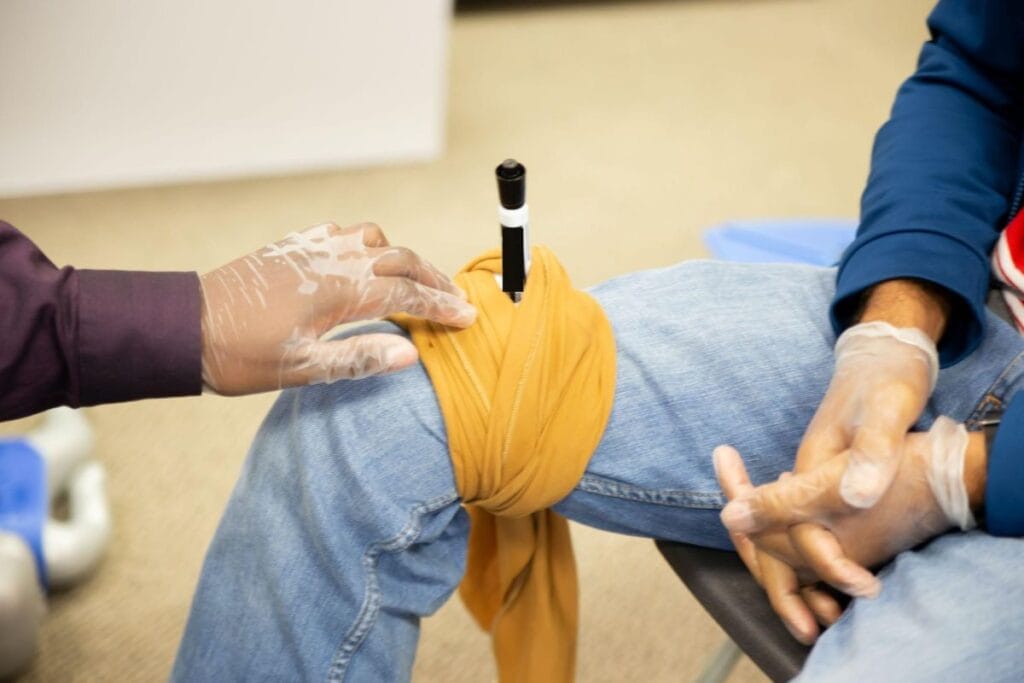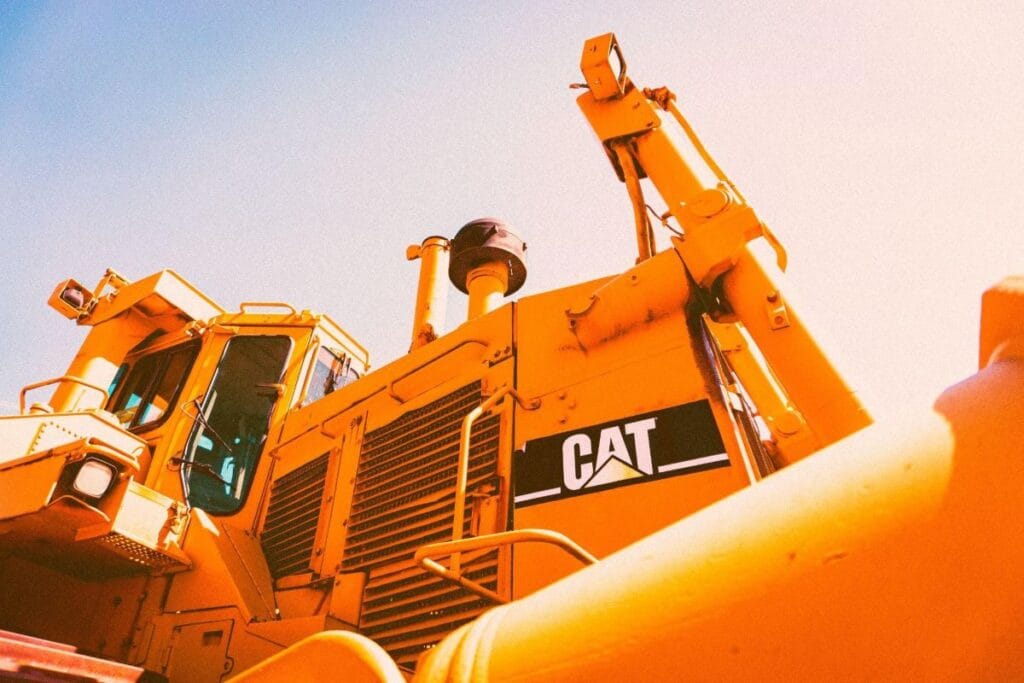In this article, we’ll be exploring the seven most common workplace injuries and how to prevent them…

Every workplace can present a number of hazards, regardless of the industry. In the UK, the Health and Safety Executive statistics show that in 2020-2021 there were 441,000 injuries across all workplaces. Unfortunately, a small number of these
injuries prove to be serious, leading to fatal injury claims being made against employers. While some injuries may be unavoidable, a large number can be prevented by following the correct safety precautions and being aware of potential hazards. In this article, we’re going to look at the seven most common workplace injuries and what can be done to prevent them.
What Are Fatal Injury Claims?
In the period 2021 to 2022, 123 people died from workplace injuries in the UK. When a person is injured at work and that injury leads directly to the employee’s death their family may make a fatal injury claim in order to gain financial compensation from the employer. Depending on the culpability of the employer, for example, if negligence is a factor, compensation can run to millions of pounds.
The 7 Most Common Workplace Injuries and How to Prevent Them
1. Slips, trips, and falls

Slips, trips and falls make up 29% of all workplace injuries and these can range in severity from grazes and bruises to concussions and broken limbs. Employers should ensure that walkways within the workplace are clear of items such as cables which an employee could trip over. It’s also advisable to set guidelines in place for the workplace such as not running and guidance when using equipment such as ladders.
Another common workplace accident is a fall from height where employees are working above ground level either on ladders or on raised platforms. This kind of accident can cause extremely serious injury and death and employers need to ensure that they are aware of all of the necessary safety protocols to protect employees working at height. Falls from height are one of the most frequent causes of legal action against employers when it comes to accidents in the workplace.
2. Lifting and handling
The second most common workplace injury occurs when employees are lifting, handling, and carrying objects. Injuries can include back problems, wounds from dropping objects on feet and employees cutting themselves on sharp objects. To avoid this type of injury, employees should provide training on the correct method of lifting and carrying heavy items.
3. Being hit or struck by an object
Making up 10% of all workplace injuries, being hit or struck by a falling object such as a box or piece of equipment can cause severe injury, particularly if the employee is struck on the head. Within any workplace, objects stored and handled should be secured and employees should receive guidelines on how to move and handle these objects.
4. Acts of violence
Shockingly, 4% of all workplace injuries are caused by acts of aggression or violence by others. Although the majority of these injuries affect those working in emergency services, they can occur in other types of workplaces. To avoid acts of violence, employers should carry out risk assessments and, where necessary, provide employees with a means to defend themselves.
5. Use of machinery and equipment

Many jobs in the UK involve the operation of heavy machinery and equipment and these employees can risk serious injury if using the machinery incorrectly. Employers should always make sure that they are familiar with the training and qualifications needed to operate different kinds of machinery and should offer training and retraining to employees to help to prevent accidents. These types of accidents can include cuts, crush injuries and even the severing of limbs.
6. Employees colliding with stationary objects
Most workplaces contain a number of items which can cause injuries such as tables with sharp edges, doors and equipment. Carelessness or rushing can sometimes lead to an employee injury if they collide with such objects. Although such injuries will usually tend to be minor, employers can help to prevent these by urging employees to take care when moving around the workplace.
7. Burns
In workplaces such as restaurants and canteens which have kitchens, burn injuries are fairly common and, in some instances, may require a trip to A&E. All such workplaces should have very clear health and safety standards in place and displayed prominently to help to reduce the risk of such employee injuries.
Safety First
In this article, we’ve talked about a number of ways in which employees can be injured while at work and, while many injuries received are minor and do not require medical treatment, others are much more serious including those which result in the death of a member of staff. When a death occurs in the workplace, it can be devastating not just for the family and friends of the victim but also for the company.
When a business is sued over a workplace fatality or serious accident, it can lead to a huge compensation pay-out, a loss of reputation and, in some cases, the company may be forced to close. Every single employer, in every industry, has a responsibility toward its employees in terms of health and safety under UK law. As such, employers should always perform a proper risk assessment of the workplace and put health and safety measures in place to prevent accidents in the workplace.
Please be advised that this article is for general informational purposes only, and should not be used as a substitute for advice from a trained legal professional. Be sure to consult a personal injury lawyer/solicitor if you’re seeking advice on fatal injury claims. We are not liable for risks or issues associated with using or acting upon the information on this site.

